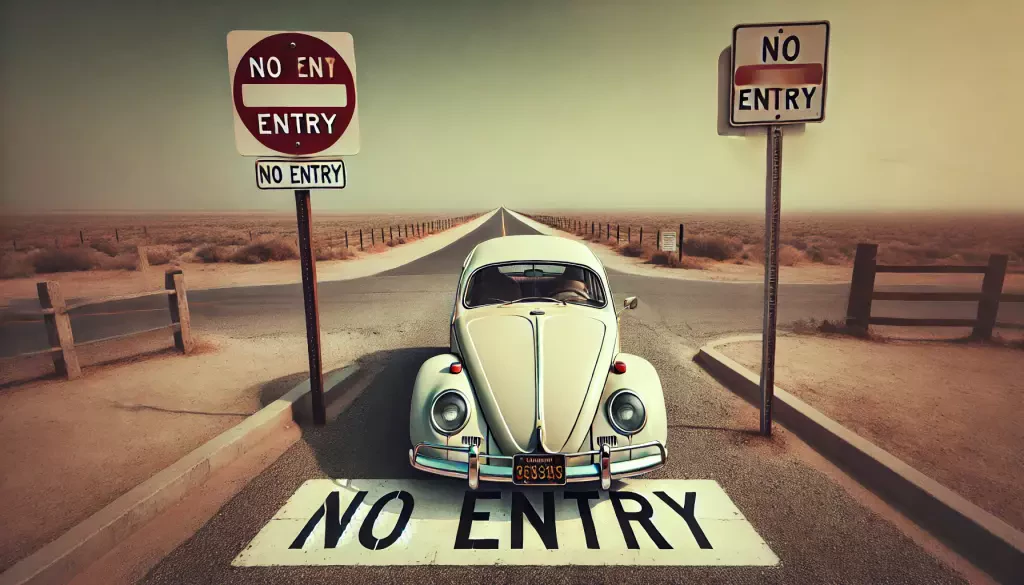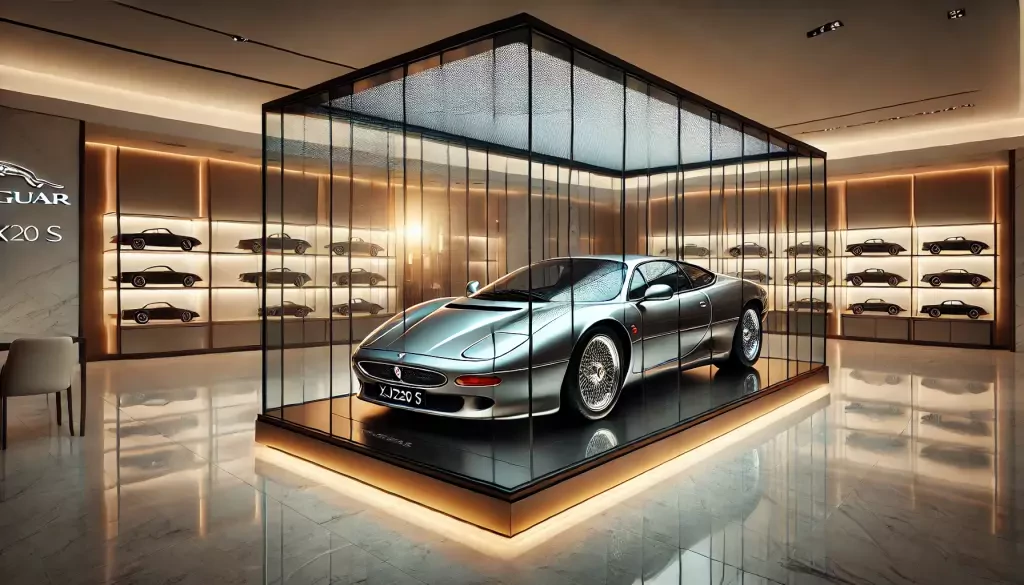
The idea of banning cars can be puzzling. Why would America, as a home to a robust car culture and millions of auto enthusiasts, forbid some vehicles on its roads? But it's true: the US, a country with a genuine love for the freedom of driving on the open road, has indeed prohibited some cars due to safety and environmental concerns.
However, thanks to certain gray legal areas, it doesn't mean you can't enjoy these cars at all. Please find out how you can still admire the beauty of these cars and even experience it, although not necessarily on the road.
We'll explore this elusive world of banned cars, learning what vintage models that don't meet today's standards. We'll also learn about high-powered machines that are too dangerous and exotic imports that don't comply with US regulations. This article aims to inform you about what kind of cars you can only admire from afar without driving them yourself.
Why Are Cars Banned in the US?
While the US has a diverse market filled with vehicle choices, certain cars are unwelcome within its borders. But what leads to a car being banned in the US?
There are two major factors: safety concerns and environmental issues. Vehicles that do not meet strict safety regulations or emissions standards are prohibited from entering the country.
By understanding certain criteria, such as safety features and regulatory compliance, you can understand why some of the most exciting car models from foreign markets may be missing from American auto showrooms.

Safety Concerns
Vehicle safety is one of the vital critical concerns of the American government. TheNational Highway Traffic Safety Administration regulates vehicles in America with rigorous safety standards that every car must meet to be allowed on US roads. Vehicles that can be driven safely in America usually include the following:
- Safety airbags
- Durable bumpers
- Anti-lock braking systems
- Automatic emergency braking
Without these protections, those that haven't been crash-tested to confirm their safety efficacy are effectively banned.
This ban is something the government does for its own citizens. It ensures American drivers aren't exposed to risks, significantly reducing the likelihood of injury or fatality in an accident.
Environmental Issues
Meanwhile, environmental concerns also color the issue of banned cars. With a strict approach to controlling emissions, cars that fail to meet the emissions regulations set by the USEnvironmental Protection Agency can't be sold in the country.
This measure limits the impact of automotive pollution on the environment. It also aligns with global efforts to promote clean energy and zero-emission vehicles. However, the US is taking it to the next level, favoring models with a smaller carbon footprint. US emissions standards are constantly getting updated, pushing manufacturers to innovate and develop cleaner, greener cars.
US consumers, too, have changed their priorities slightly. They're becoming more concerned with vehicles that ensure their safety and preserve the environment, not just giving them a thrill performance on the road. And the American auto market's regulations and standards reflect this shift in priorities.
Examples of Prohibited Vehicles
Here are a few examples of cars that are banned in the US for various reasons.
Classic Autos Are Not Cutting.
While cherished for their history and charm, classic vehicles can fail to meet current safety or emissions standards. The classic Volkswagen Beetle, a symbol of 1960s counterculture, lacks the modern safety features drivers need today. It does not have crumple zones, airbags, or ABS, making it unfit for today's regulations.
Also, their dated engines emit pollutants at excessive levels, far beyond what the current laws permit, so they can no longer be sold in the US.
Speed Demons Held Back.
Meanwhile, on the adrenaline-pumping side, where high-performance vehicles push the boundaries, models like the Jaguar XJ220 S are considered too fast for general safety on US roads.
Production is limited, and configurations don't comply with American safety and emissions standards. That's why most of these speed demons are often relegated to personal collections or racetracks. In short, they're not for the public roadways.
Foreign Vehicles Falling Short Of US Standards.
Many car enthusiasts yearn for the diversity of international models. But not all of them make it to the US market. One notable example is the Nissan Skyline R34 GT-R, a Japanese vehicle worshiped in racing circles for its performance and tuning potential.
But they were never officially manufactured to meet US safety and emissions standards, so you can't really see them anywhere on American streets. This limitation is part of the broader challenge that cars not specifically modified for US regulations often fail to reach American consumers.
The Gray Area: Legal Loopholes and Modifications
There's actually a legal gray area when it comes to banned cars. Some legal nuances may offer certain exceptions to the rule, which car enthusiasts can exploit within the boundaries of the law. Some banned vehicles can still find their way into the US through these legal mechanisms. However, their usage rights are limited and regulated under strict measures.
"Show but Don't Drive"
This exemption, also known as "Show or Display," is a loophole many vehicle enthusiasts use to import foreign models banned in the US. Cars that have historical or cultural significance and are produced in limited quantities may qualify for this exception.
But there's a catch—owners of these rare beauties can show them off at events and keep them on display. What they can't do is drive them on public roads, or, if they can, the driving is heavily restricted. These vehicles may be limited to no more than 2,500 miles per year, ensuring they're no more than stored trophies.

Modifications For Us Compliance
Modifications can be a doorway to compliance for those willing to go the extra mile to navigate the complex US automotive regulations. Some manufacturers alter their vehicles to meet the rigorous US standards. An example of this is the Alfa Romeo 8C Spider, which underwent adjustments to satisfy safety and emission requirements before entering the US market.
Alternations can range from adding emission control systems to reinforcing a car's structural integrity for improved safety. The technical process is often expensive, so it's reserved for high-value or limited edition models, where the market demand justifies the investment.
The Final Word on Banned Cars in the US
Outright bans affect a range of sought-after cars in the US. Classic cars like the Volkswagen Beetle or speed demons like the Jaguar XJ220 S are considered unfit to be used on American public roads. But there are still narrow avenues to help enrich the American vehicle market with exciting models that are missing from the road.
Car exhibitions, for example, can be a way to admire vehicles that are not deemed compliant with US standards. Meanwhile, modifications allow certain high-performing vehicles, like Alfa Romeos or Aston Martin, to invest in safety and emissions that meet US standards.
Given the global push for cleaner, safer transportation, the criteria for what vehicles are permitted in the US will likely continue to evolve. More cards may become obsolete and unfit for driving in the US. But at the same time, technological advancements in the auto industry will ensure we get new cars to replace the old ones.
You can follow other news about the automotive and shipping industry from A1 Auto Transport's blog. We're here to keep you informed while satisfying all your shipping needs.






 Share on Facebook
Share on Facebook Share on LinkedIn
Share on LinkedIn Share on Twitter
Share on Twitter




 Google
Google  Instagram
Instagram  Trustpilot
Trustpilot 



